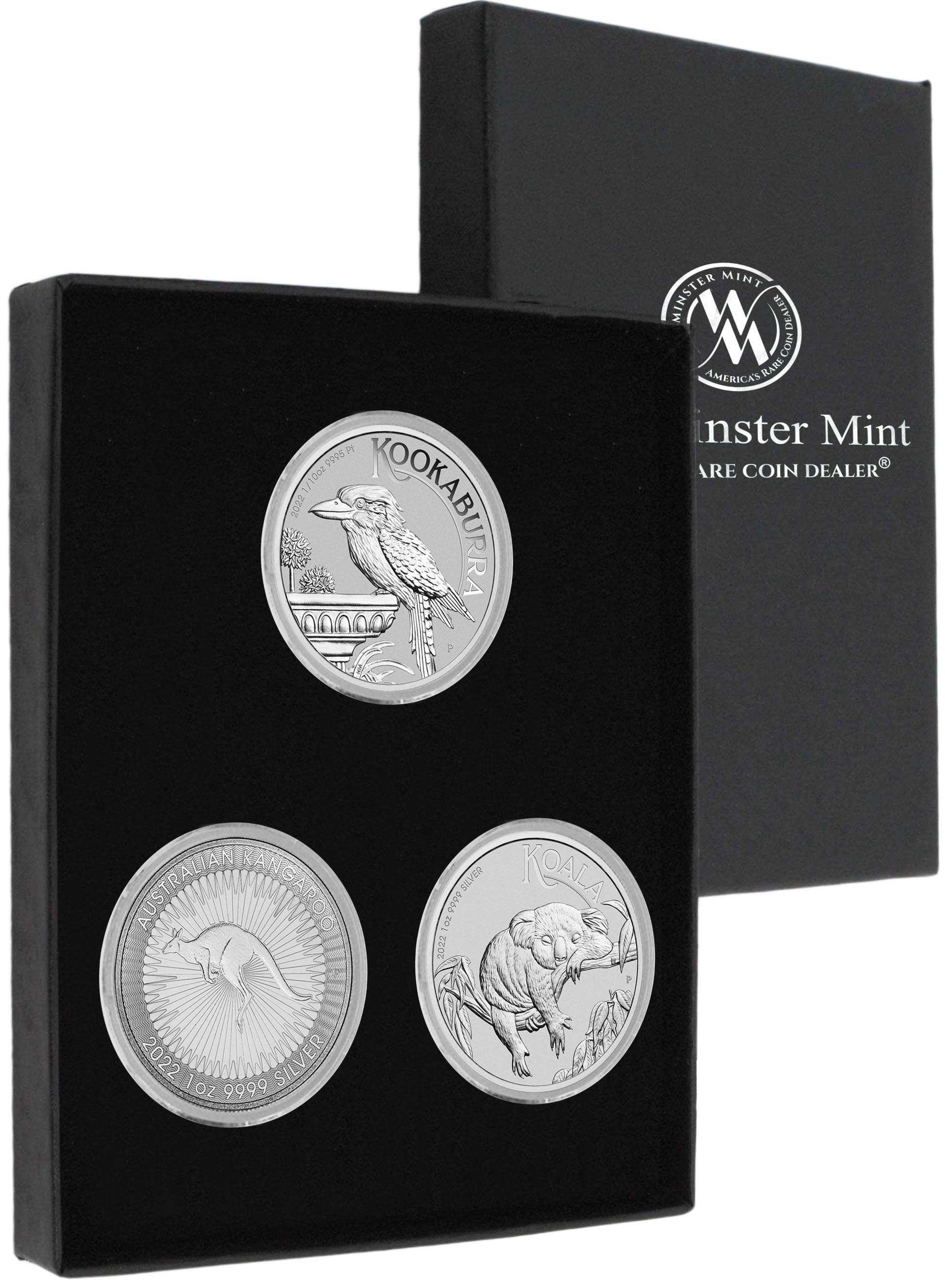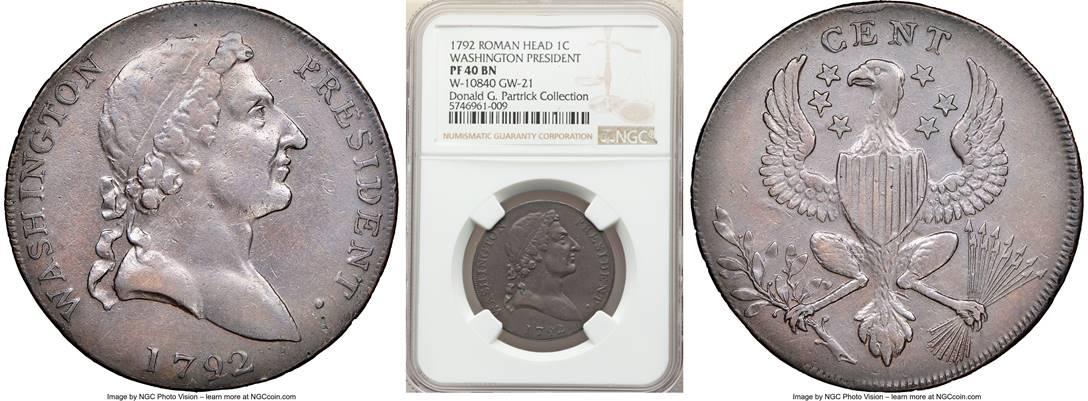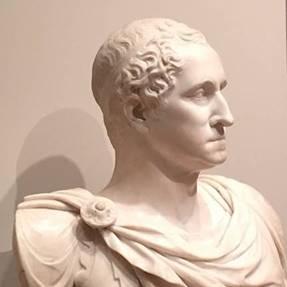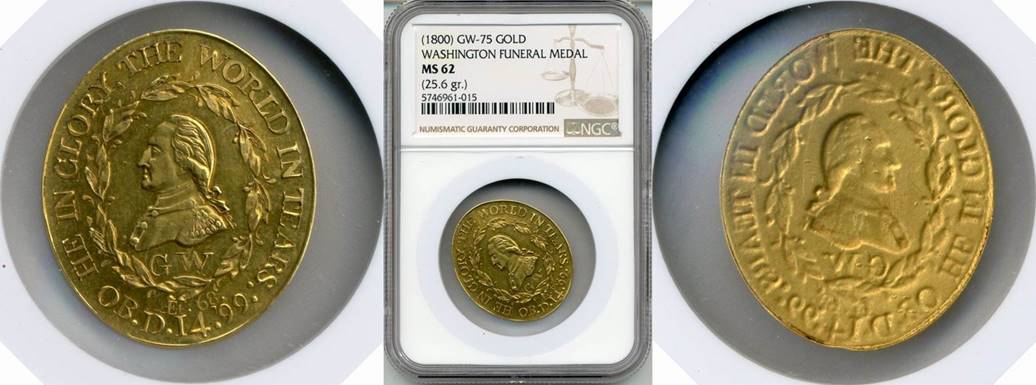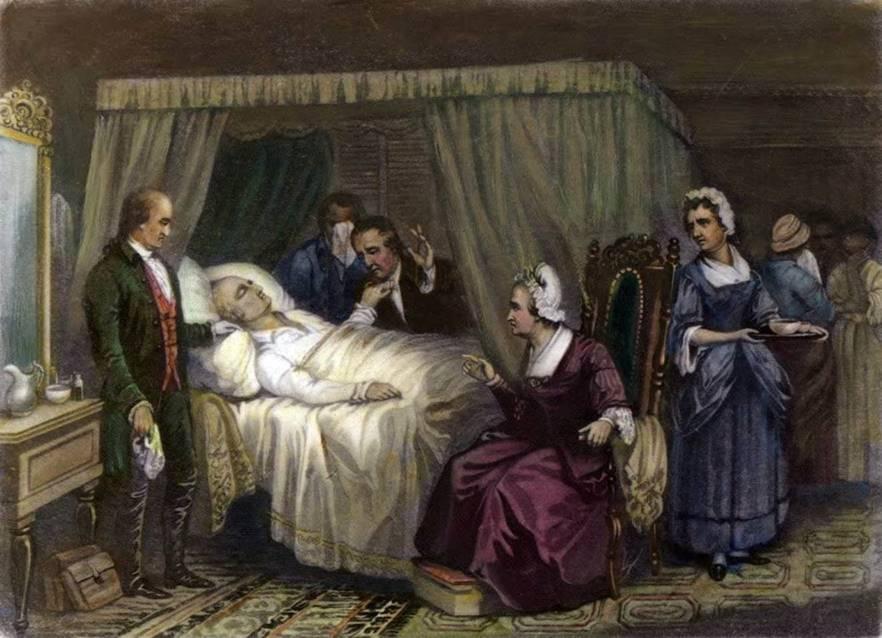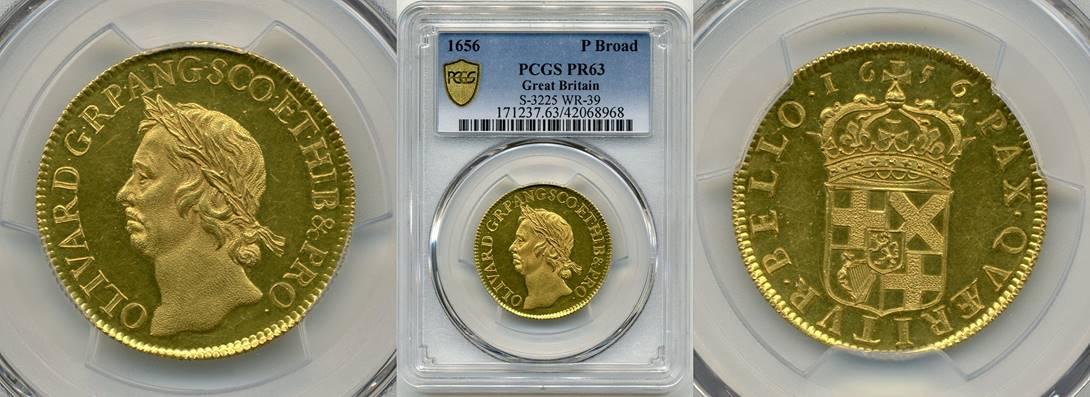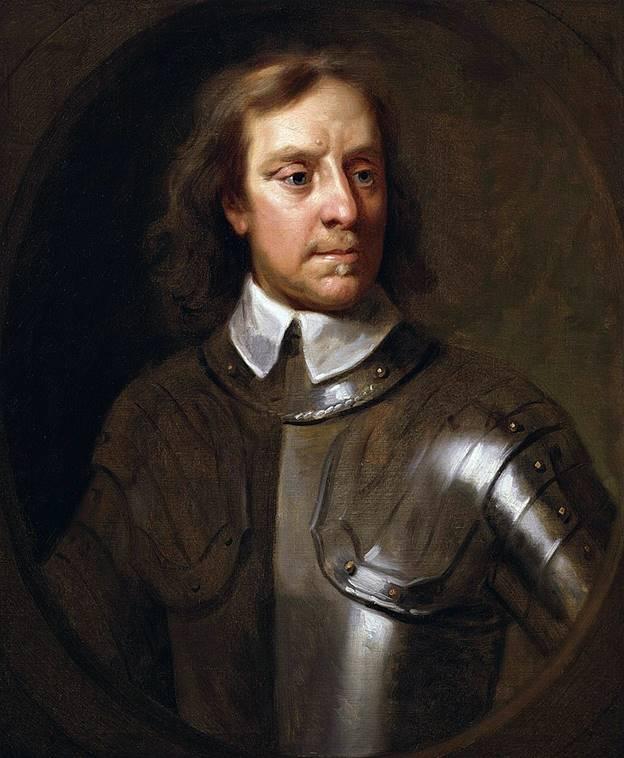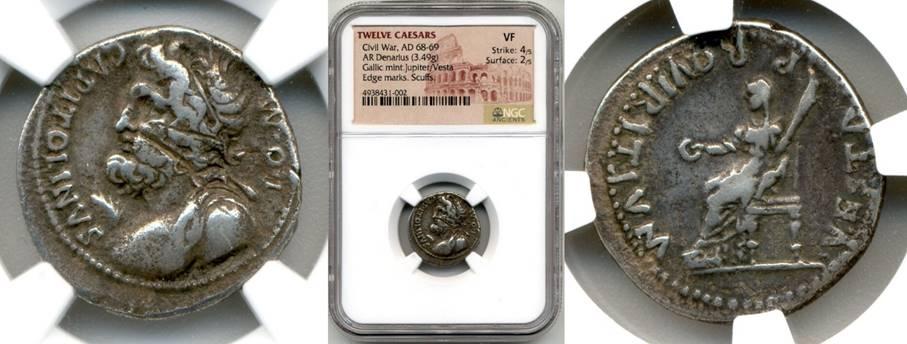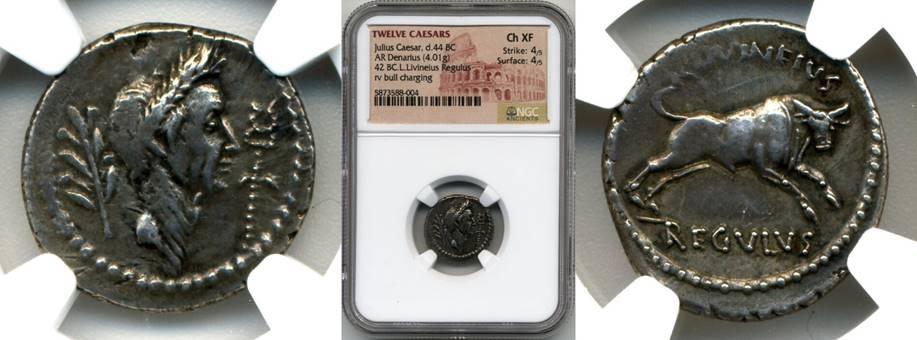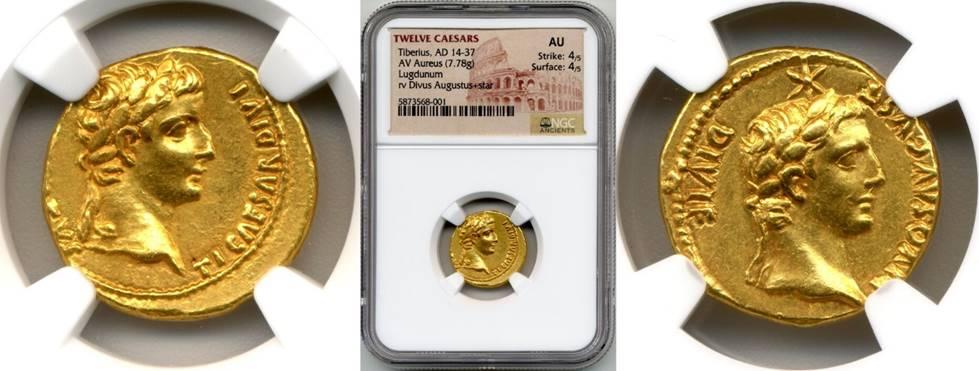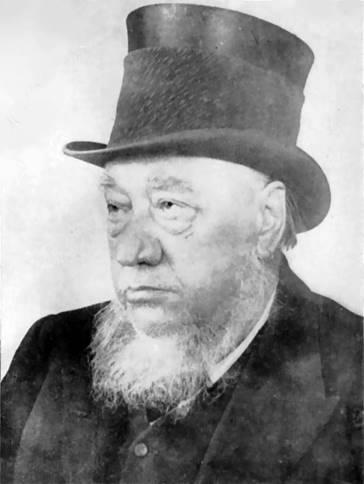THE FIRST MACHINE MADE DOLLARS IN THE NEW WORLD
THE FIRST MACHINE-MADE DOLLARS IN THE NEW WORLD
Spanish Colonial Silver “Pillar” Dollars (8 Reales) from Peru
A Special Selection from 1754 and 1755




· Legal Tender in the U.S. until the Coinage Act of 1857 passed!
· Spanish colonial silver is the very beginning of the Red Book of U.S. coinage
· The U.S. Dollar is based on this 8 Reales size and metal standard
· The FIRST milled (machine-made) silver dollar of the New World!
· The standard of international trade, this was the most important trade coin of this era, and circulated worldwide.
· And most interestingly, the origin of the Dollar Symbol!
· Only 73 1754 coins graded total at NGC, and only 75 1755 coins graded!
More about the coin and its iconic design
The “pillar” series was first issued under Spanish Colonial rule at
the Mexico City mint in 1732 and production lasted until 1772. This type
was such an important source of coinage for the entire world economy
that it was eventually struck at mints throughout the New World,
harnessing the vast discoveries of silver. Production and mintage
figures varied, producing some major rarities, especially in MS grade.
For example, Peru only produced this type from 1751 until 1772.
Remarkably, NGC has only graded 422 coins for the entire series of
Peruvian Pillars, and the two dates offered here have impressive census
figures.


It was designed to replace the hand struck “cob” series and featured
cutting edge coin-press technology and perfectly circular planchets with
a newly incorporated edge design. The latter novel characteristic was
to prevent clipping, an all-important feature of the time since the
coin’s exchange monetary value was directly linked to its intrinsic one.
The precise silver content of this new design, coupled with its
beautiful and striking design, helped cement and establish its place as
the most important world trade coinage in the 18th and 19th centuries.
The obverse features two globes representing the “old” and “new”
worlds atop the Atlantic Ocean encircled by the great “Pillars of
Hercules” with the inscription PLUS ULTRA on the left and right ribbons
on the columns, which translates to “MORE BEYOND”. The circular
inscription “UTRAQUE UNUM” translates as “United we are one”.
The reverse shows the Castille and Leon coat of arms of the Spanish
kings and the inscription “PHILIP V D G HISPAN ET IND REX” for “Philip
V, king of Spain and the Indies by the grace of God”. The first part of
the legend would change, reflecting the ruling Spanish King at the time.
THE ORIGIN OF THE DOLLAR SIGN
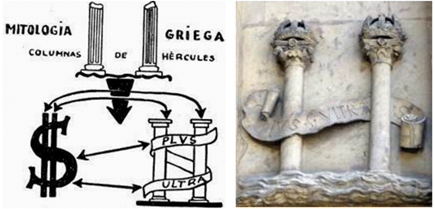
The Pillars of Hercules were of course the well-recognized symbol
for the Strait of Gibraltar separating the Atlantic Ocean and the
Mediterranean Sea, and in Greek mythology represented the limits to the
known world, a barrier not to cross. The ribbon atop the columns and the
abbreviation “Ps” (for “Pesos”, the Spanish equivalent to an 8 Reales
coin) are generally recognized as the origin for the current U.S. Dollar
sign “$”.
Thus, the design on this coin symbolized the powerful united Spanish
Colonial empire in Europe and the Americas that had expanded the
boundaries of the known western world after Columbus’s 1492 voyage.
The Spanish Colonial “Pillar” Dollar issue quickly established itself
as the most important trade coinage of the era in both the American and
Asian commercial arenas and was legal tender in the United States until
the Coinage Act of 1857. As such, it is rightly featured as one of the
first coins listed in the current Red Book and noted as the most
familiar currency in Colonial America.
The Pillars of Hercules Legend has it that Hercules smashed through a
mountain, connecting the Atlantic and the Mediterranean Sea just south
of Spain.

